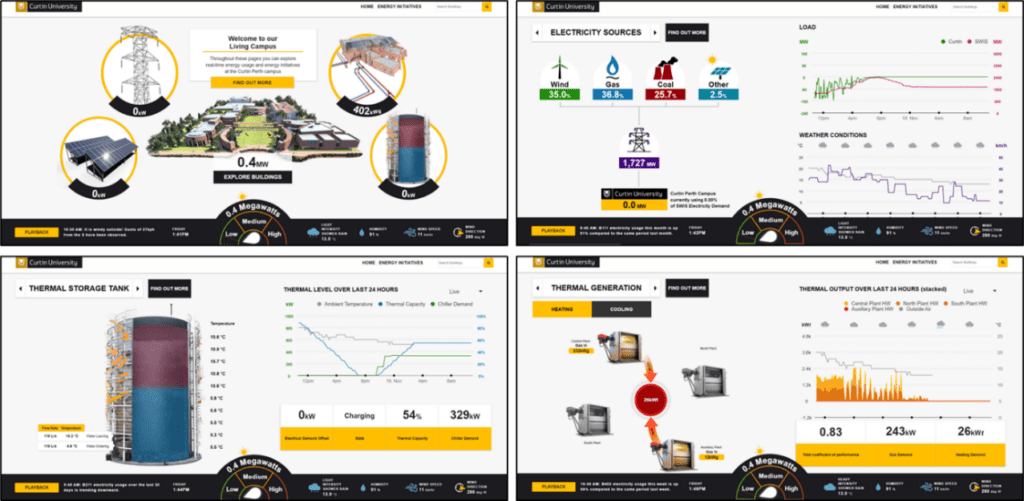Most investors, landlords and occupants have committed to environmental improvement programs and net zero targets. A vast array of stakeholders, including employees, shareholders and investors, customers, and regulators, are showing interest in what is being done to achieve those objectives and their success. Recent ‘greenwashing’ controversies demonstrate that data quality assurance needs to be front of mind for any environmental improvement program.
Providing access to multiple stakeholders
Traditionally, building data was accessed through a building management system (BMS) by a small number of users. Specifications that govern their implementations never considered the vast amount of interest in environmental information from owners, tenants, consultants, contractors, third-party vendors, and the public.
An integrated services platform (ISP) provides a purpose-built data management layer for any application to use. One source of data, multiple uses. Platforms that supply user applications, such as Avani’s environmental improvement dashboards, reports, and analytics, use the same secure data sharing portal as any other third-party application would use. This is very important, as it ensures the data management layers are independent and all working off the same data set, plus it allows clients to source applications from any vendor.
For example, by using Avani’s ISP, Curtin University were able to integrate with over 1,500 meters, multiple BMS and a range of other systems throughout their Perth campus. This information was combined with data from the Australian Energy Market Operator and the Bureau of Meteorology. The single ISP was used to achieve a wide range of objectives from a wide range of stakeholders. This included deploying a world first interactive Living Labs in the Engineering building, a complete billing and reconciliation system as well as an interactive Living Campus dashboard used to communicate their energy strategies, include the data into their teachings, and research staff to investigate current energy practices.
Insights gained by sharing this data across a vast array of stakeholders (as displayed below and available to the public here) resulted in the installation of new lighting that led to a two-thirds reduction in energy consumption – the equivalent of installing 10,000m2 of photovoltaic solar cells.

Protecting against a changing world
A benefit ISPs have over other systems when acquiring, managing and displaying building data, is the ability to scale and support any number of connected building systems and points. An ISP can support multiple data source locations, including building systems via industry standard protocols, local and cloud hosted Application Programming Interfaces (APIs), data lakes and functions, and lastly, secondary data sources that are bound by common indexes.
Avani’s ISP has the capability to detect changes and self-adapt, and this functionality will continuously grow over time. It is these platforms which will be able to unlock value in a rapidly changing environment. Systems that provide integration services as a ‘bolt-on’ feature, such as a BMS, will never be able to provide the core functions required to manage data. These companies will continue to invest in their field devices, control loops, HVAC displays, controllers, environmental strategies, and analytics, as it is their core business.
The ability to acquire, store, document, manage and override data is one thing. It is another thing entirely to harness a platform that has been purpose-built for integration, offering a highly scalable, highly efficient, highly secure way of managing every required function and ensuring you can capitalise on your investment.
As a result, the focus will no longer be on the data, but on the value its transformations will provide.
Contact Avani today to discuss how your environmental improvement project can deliver for all stakeholders as their needs change over time.

